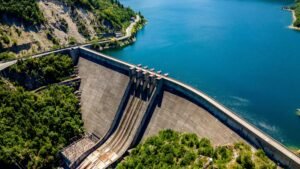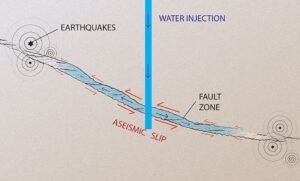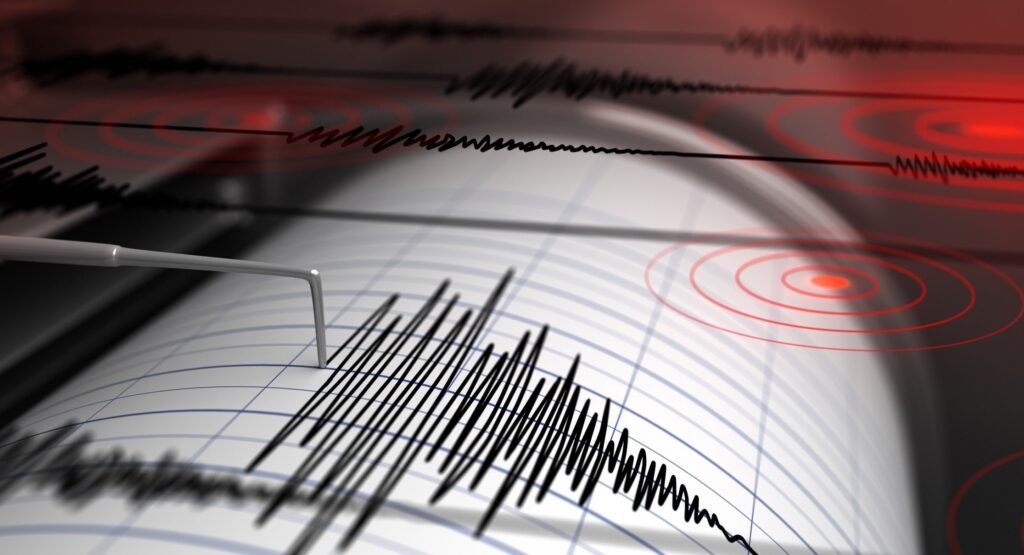There are several human activities that cause earthquakes although these induced earthquakes are typically much smaller in magnitude and less damaging than naturally occurring earthquakes. Some of the most common human activities that can induce earthquakes include:
Oil and gas extraction:
The extraction of oil and gas from the subsurface can induce earthquakes by causing changes in the stress levels in the Earth’s crust. This can occur when the fluids in underground reservoirs removed, causing the surrounding rock to collapse and leading to the formation of small faults.
Dam construction:
The construction of large dams can induce earthquakes by altering the stress distribution in the Earth’s crust. This can occur when the weight of the dam changes the local stress field, leading to the formation of small faults.
Fluid injection:
The injection of fluids, such as water or waste materials, into underground reservoirs can induce earthquakes by changing the stress levels in the Earth’s crust. This can occur when the fluid pressure in the subsurface increases, leading to the formation of small faults.
Mining:
Underground mining can induce earthquakes by causing changes in the stress levels in the Earth’s crust. This can occur when underground cavities created by the removal of coal, minerals, or other resources, causing the surrounding rock to collapse and leading to the formation of small faults.
It is important to note that the vast majority of earthquakes are still natural in origin and not caused by human activities. However, the increasing frequency and magnitude of induced earthquakes in some regions has raised concerns about the potential for these events to cause damage to communities and the environment. To mitigate the risk of induced earthquakes, it is important for governments, industry, and researchers to work together to understand the causes of these events and to develop effective management strategies.
For more details Click Here.
You may like our posts:
TikTok account settings to boost videos views


